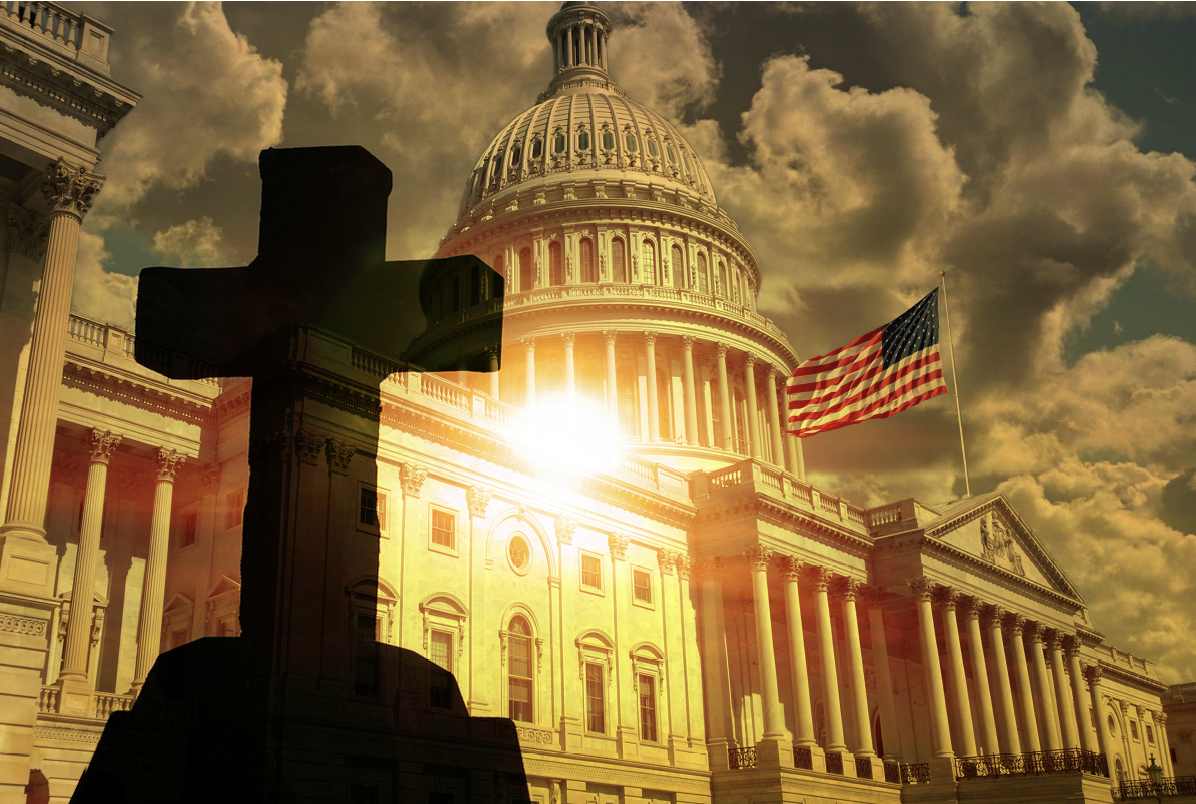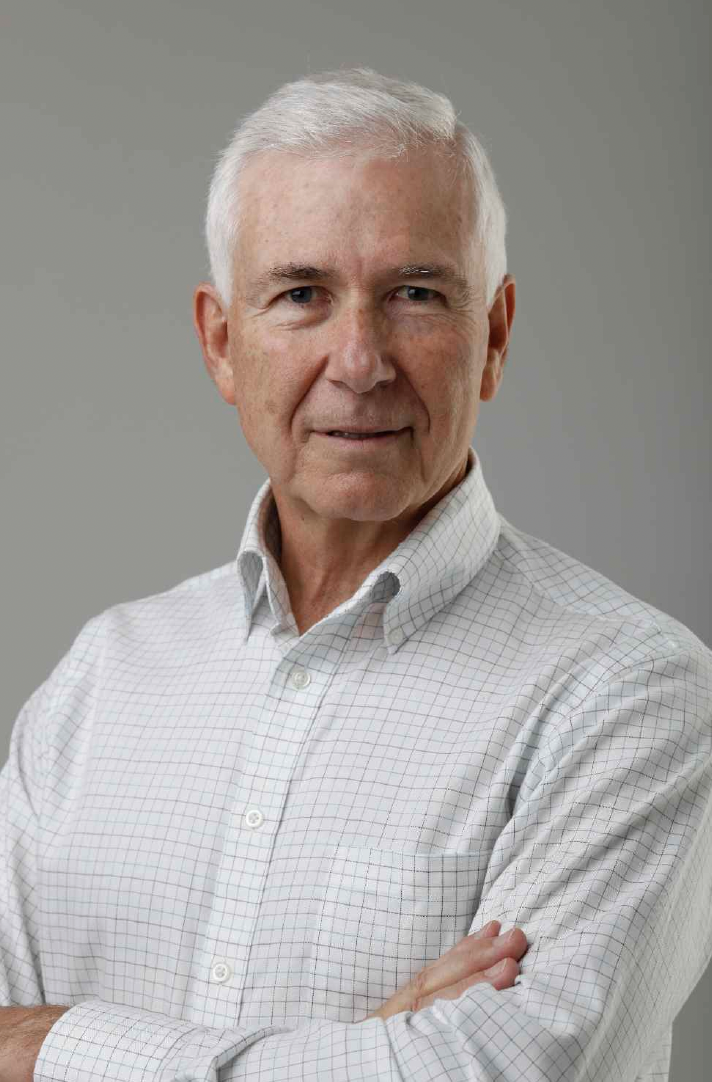“The Right Questions” by Roy Whitten
Photo Credit: Douglas Rissing
A national rupture demonstrates the need
For sacred understanding
Three fundamental questions drive the search
On January 6, 2021, I watched a live broadcast from Washington, D.C. On the television screen above the cabinet in my study, a white man with a gray beard drove a riot shield into a first-floor window of the U.S. Capitol. The glass shattered, the window frame collapsed, and a woman lifted a smartphone to record the moment. People dressed in camouflage, red hats, and backpacks broke into the very building whose ideals they claimed to defend.
I hated to watch, but I couldn’t look away.
The crest of this wave had been building for decades. In 1979-80, I went public with my theological concerns about Jerry Falwell and his Moral Majority: a theocratic political movement that sought to impose Fundamentalist beliefs and ethics on all Americans. I shared my concerns with my small, Episcopal congregation, and one of those sermons led to a lecture for the National Conference of Christians and Jews. Other organizations invited me to speak, and Owen Spann invited me three times to be a guest on his KGO Radio talk show in San Francisco. The pushback—from local Fundamentalists and my own Episcopal church—was organized, personal, and threatening. I had a family to raise and a living to earn. My concern blossomed into fear, I quit speaking publicly, and I stood on the sidelines as the movement now called Christian Nationalism slowly gathered force.
Forty years later, the tragedy on my television screen seemed an inevitable development. In the name of democracy—a form of governance founded on the notion of equality and rationality—violence was now an acceptable form of protest. Moreover, according to the theology driving the protest, God sanctioned the violence.
I had enough common sense to recognize unchristian behavior when I saw it and enough theological training to understand the Fundamentalist flaws that drove it. In his essay, “Equality,” C.S. Lewis expressed the theological wisdom underlying the framing of the American Constitution: “Mankind is so fallen that no man can be trusted with unchecked power over his fellows.” Given people’s tendency to create a God that allows them to pursue their own anxiety-driven ends, the separation of church and state is an essential safeguard to American democracy. The Capitol riot was a painful demonstration of the power of religious passion to steamroll basic human decency.
I wanted to do something to help, but what? Four decades ago, I was young and frightened of public pushback. Now, with plenty of success and failure under my belt, fear had given way to a continuing anxiety refreshed daily by the latest headlines—an anxiety shared by many people across the spectrum of religion and politics.
But there was something about my anxiety I didn’t trust. I felt myself taking sides, judging the rioters I watched, especially those brandishing Christian symbols and waving signs proclaiming, “God chose Trump.” What’s wrong with them? How can they think this is what God wants them to do? Who or what do they worship?
I remembered a warning from theologian and political commentator, Reinhold Niebuhr: “There are no right answers to the wrong questions.” I was a 73-year-old priest with three careers under my belt, two of them outside religious circles. Along the way, I’d asked plenty of wrong questions and, given my leadership responsibilities, I wasn’t the only one who had suffered the consequences. I was worried—for myself, for the people I love, and for the future of my country. To do something constructive about my concerns, I needed more effective questions—questions that examined my own convictions before I addressed the convictions of others.
A phrase came to mind—something I read fifty years ago in a book by Professor Jacob Needleman of San Francisco State University. I’d never been able to find his exact words, but this was my memory of what he wrote: “Our lives are shaped by unseen forces that we’ll never fully understand, but which we can learn to serve.”
Over the previous 70 years, I’d experienced a lot of these forces: personally and professionally. I’d ministered to three Episcopal congregations, co-created a human potential training, and co-launched a sales consultancy focused on socially conscious businesses. Each venture was an attempt to discern the forces that influence human existence and foster the drive that serves the common good.
“Unseen forces” aptly described what I saw unfolding on television and what I felt in my gut—everything from heroism to violence. At that moment in 2021, I had retired from sales consulting and enrolled in an MFA program to sharpen my writing about the forces that influenced who I am, what I believe, and what I do. I started my search with one “right” question: What happened to me—wondrous and tragic—that shaped my life?
To answer it, I had to return to childhood and follow a journey that seemed to have three distinct passages—each with its stumbles and breakthroughs, missed opportunities and moments of transcendence. I had to learn some hard truths: faith is action, not belief; beliefs must be grounded in experience; beliefs can be wrong, even when they feel right; and humility is required to update belief when experience demands it. I had to confront the power of my mind: its capacity to create understanding and self-deception; its ability to generate anxiety about things beyond my control; and its faculty for self-observation and transcendence. I had to admit what I really believed about “God” was reflected in what I did with my time, my money, my vote, and my deepest desires for the world in which I lived and would pass on to my children and grandchildren.
I also had to learn how to talk with others about things that drove us apart instead of pulling us together—those topics of conversation best avoided at family gatherings: politics, religion, and what we believe and why. I had to learn how to stand on my own convictions and respect the convictions of others without falling into the trap of mistaking passion for fact, imagination for reality, and fervent certainty for actual understanding.
The January insurrection was tragic and dramatic, but it wasn’t unprecedented, and as we’ve seen, it wasn’t the last event of its kind. Finding and answering the “right” questions about the unseen forces is a struggle, but I’ve learned the struggle can reveal a way to serve the best of those forces and make a constructive contribution to our common future.
Artist Statement
With minor alteration, this piece is the prologue to a memoir I just completed: Unseen Forces - A Search for the Sacred in an Age of Anxiety. Like many people, I’m deeply concerned about the turn our culture and our country has taken. Unlike many, perhaps, I view it through the lens of my theological training and practical experience with human transformation. My six decades of professional life—as minister, human development trainer, executive coach, and sales consultant—have been filled with the attempt to help myself and others embrace difficult realities in a way that reveals what we most want to be and do for the common good. Now that I have the sheer luxury to spend my time writing, I’ll do what I can to put that experience on paper.
Roy Whitten has been a parish priest in the Episcopal Church, the co-founder of The Life Training Program (now called More to Life), and an executive coach and business consultant. In 2009, with his business partner, Scott Roy, he created Whitten & Roy Partnership, a sales consultancy serving a wide range of socially conscious businesses. He holds degrees in philosophy/psychology, theology, a doctorate in Transformative Learning and Change, and an MFA in Writing. He has written numerous professional articles, two books on transforming the art of sales, a dissertation on present moment awareness in daily life, a children's book, and an extended essay on happiness. He has just completed a book titled, Unseen Forces: A Search for the Sacred in an Age of Anxiety, the prologue of which is the basis of this article. He and his wife Jeanne have been married for 56 years and have two children and four grandchildren.


